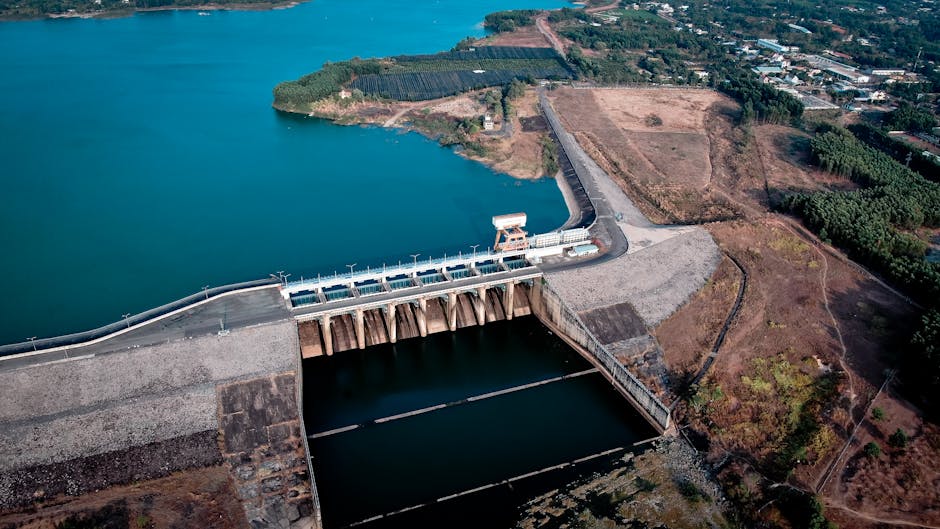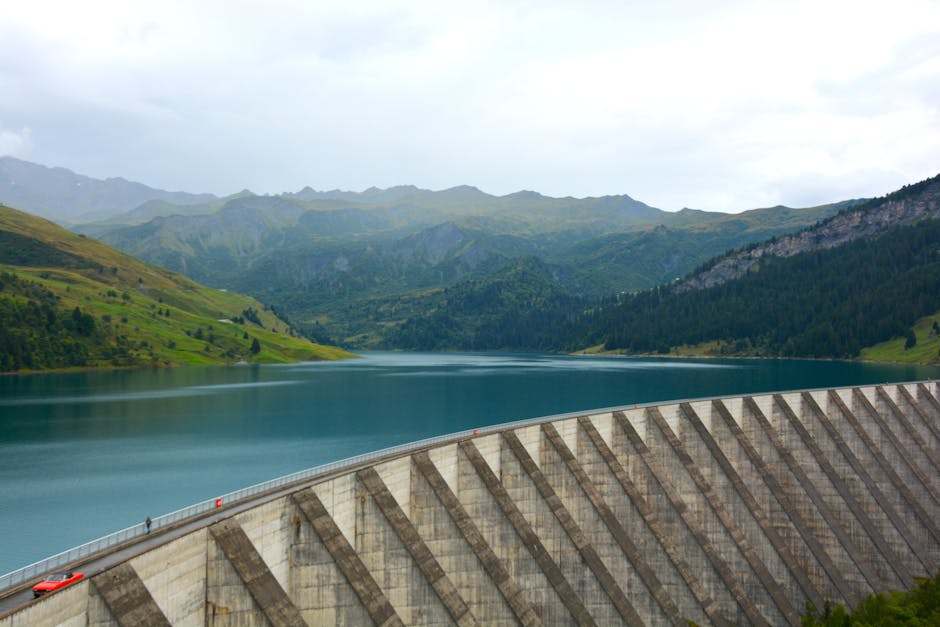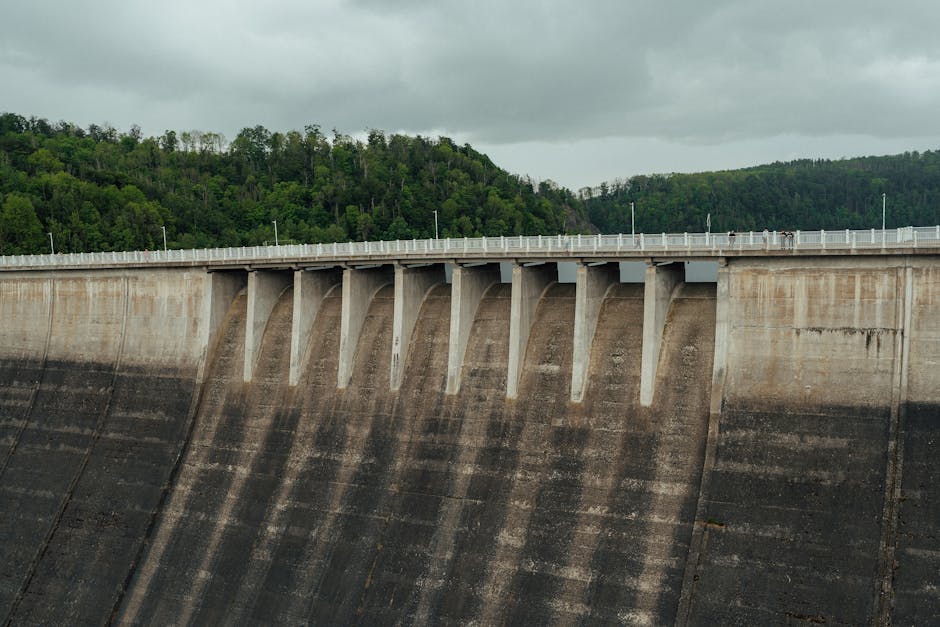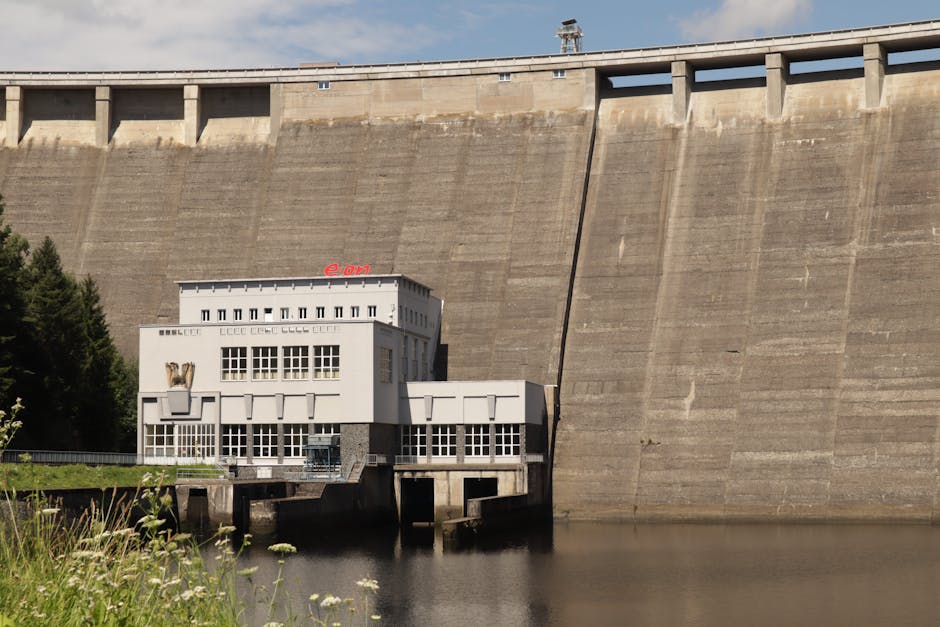The Role of Hydropower in Sustainable Energy
Did you know that hydropower accounts for about 16% of the world’s electricity? that’s a huge chunk when you think about it! With climate change and energy needs on the rise, hydropower is becoming more important. But what exactly is hydropower, and how does it fit into sustainable energy? Let’s dive in!
What is Hydropower?

Hydropower harnesses the energy of flowing water to generate electricity. Think about a river rushing down a hill. The movement of water can be used to turn turbines, which then produce power. it’s like the water is doing all the heavy lifting!
Heres a simple breakdown:
- Water flows through a dam or a waterway.
- The flow spins turbines.
- The turbines generate electricity.
This process has been around for centuries, but today it’s more efficient than ever. Hydropower is a clean, renewable resource, which means it won’t run out anytime soon.
Why is Hydropower Important for Sustainable Energy?

Hydropower plays a key role in sustainable energy for several reasons:
- **Renewable**: As long as there is water, we can generate hydropower.
- **Low Emissions**: It produces very little greenhouse gas compared to fossil fuels.
- **Reliable**: Hydropower can provide a steady supply of energy, unlike some renewable sources that depend on weather.
These factors make hydropower a vital part of our efforts to combat climate change and move towards a greener future.
How Does Hydropower Compare to Other Energy Sources?

When thinking about energy options, it’s helpful to compare hydropower with others, like solar or wind. Each has it’s pros and cons.
For example:
- Solar Energy: Great during sunny days but less effective at night or during storms.
- Wind Energy: Depends on strong winds; not always reliable.
- Hydropower: Continually produces energy as long as there is flowing water.
Hydropower is more consistent than solar and wind, making it a valuable part of the energy mix.
Where is Hydropower Used?

Hydropower is widely used around the globe. Countries like China, Brazil, and Canada benefit greatly from this renewable resource. For instance, the Three Gorges Dam in China is the world’s largest hydropower project, generating about 22,500 megawatts of power!
But it’s not just large dams. Smaller hydropower plants can also contribute to local energy needs. Many communities use these smaller setups to power homes and businesses. it’s like having a mini power plant just down the street!
What are the Benefits of Hydropower?
Hydropower comes with many advantages:
- **Cost-Effective**: Once a plant is built, the cost of generating electricity is relatively low.
- **Job Creation**: Building and maintaining hydropower plants creates jobs in local communities.
- **Flood Control**: Dams can help manage water flow, reducing the risk of floods.
- **Irrigation Support**: The reservoirs created by dams can also provide water for agriculture.
These benefits make hydropower a win-win for both the environment and local economies.
What are the Challenges of Hydropower?
Despite it’s many advantages, hydropower is not without challenges. Here are a few:
- **Environmental Impact**: Dams can disrupt local ecosystems and fish migration.
- **High Initial Costs**: Building a dam can require a significant investment.
- **Seasonal Variability**: Droughts can reduce the amount of water available for power generation.
it’s important to balance these challenges with the benefits. Many experts believe that with careful planning, hydropower can be developed sustainably.
How Can We Improve Hydropower?
Innovation is key to enhancing hydropowers effectiveness. Here are some ways we can improve this energy source:
- **Fish-Friendly Turbines**: New designs minimize the impact on fish migration.
- **Pumped Storage Systems**: These systems store excess energy for later use.
- **Smart Technology**: Using data to optimize water flow and energy production.
By adopting these improvements, we can make hydropower more efficient and environmentally friendly.
What is the Future of Hydropower?
The future looks bright for hydropower. With the global push for renewable energy, many countries are investing in this resource. According to the International Energy Agency, hydropower could provide about 18% of the world’s electricity by 2040.
As technology advances, we can expect to see more innovative solutions that enhance hydropower’s role in our energy landscape.
How Can You Support Hydropower?
You may wonder how you can help boost hydropower in your community. Here are some actionable steps:
- **Educate Yourself**: Learn more about local hydropower projects.
- **Advocate for Sustainable Practices**: Support policies that promote renewable energy.
- **Reduce Energy Use**: The less energy we use, the less pressure there is on all energy sources.
By taking these steps, you can play a part in supporting hydropower and renewable energy.
Conclusion: The Path Ahead
Hydropower is a crucial player in the quest for sustainable energy. It offers a reliable, renewable source of electricity that can help reduce our carbon footprint. While it has it’s challenges, the benefits far outweigh the drawbacks. With thoughtful development and technological innovations, hydropower can be a cornerstone of a cleaner energy future.
So next time you see a river or a dam, remember the hidden power it holds. Hydropower isn’t just energy; it’s a key part of a sustainable world for generations to come.
For more information on sustainable energy sources, check out the U.S. Department of Energy.



